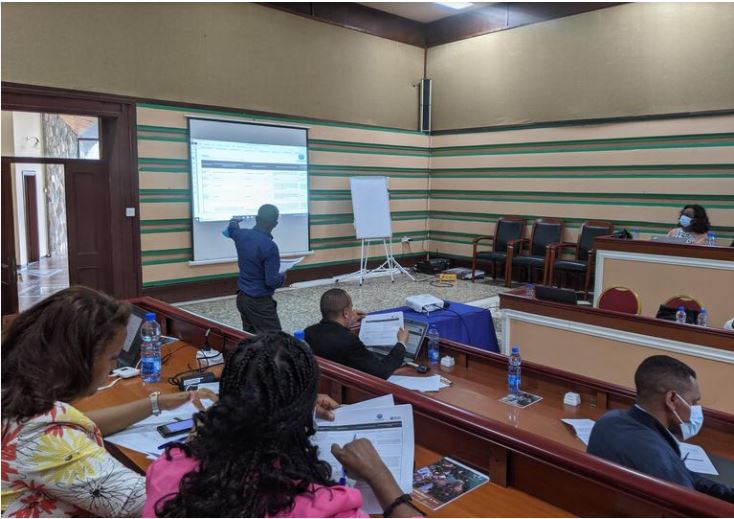The Health Financing Progress Matrix (HFPM), developed by WHO’s Department of Health Systems Governance & Financing, assesses country health financing systems against a set of evidence-based benchmarks. The WHO developed and released version 2 of the HFPM in late 2020. Ethiopia is the first country to pilot and use version 2.
Between 21 and 22 September, the Ministry of Health’s Partnership Coordination Directorate (MOH PCD) with support from WHO/P4H organized a workshop to validate and update the results of an initial assessment of Ethiopia’s health financing system conducted using the second version of the HFPM.
The purpose of this assessment in Ethiopia is to analyze the strengths and weaknesses of the current health financing system and to use the results to inform future policy dialogues and further define and prioritize future directions. The initial assessment was conducted by the MOH PCD in collaboration with the WHO Country office.
The workshop brought together over 20 representatives from different institutions, including Ministry of Health, Ministry of Finance, the Health Insurance Agency, local universities, donors and implementing partners.
After an introduction to the HFPM, the workshop participants were split into smaller groups tasked to discuss and update the preliminary HFPM assessment results.
In addition to helping to generate a more informed and up-to-date assessment of the current health financing system, the discussions during the workshop resulted in several important insights.
Firstly, while the HFPM asks countries to assign a score for how advanced different aspects of their health financing system are, it is important not to focus too much attention and time on these scores. As emphasized by the MOH and WHO/P4H during the discussions, to further the understanding of the health financing system and to inform policy discussions, the qualitative part, i.e. the justification for the score and the identified strengths and weaknesses, is more helpful.
Secondly, stakeholder involvement is critical – given the importance and complex nature of the issues captured by the HFPM. That participants from different type of institutions and sectors were represented at the workshop meant that complementing expertise and perspectives were brought to the table. When bringing together a diverse group of people, it was particularly useful to have a structured framework such as the HFPM to help guide the discussions.
In general, the participants expressed a strong interest in being involved in the next steps of the assessment and emphasized that the discussions during the last two days had been valuable and enriching.
Following the workshop, the MOH and WHO/P4H plan to consolidate the inputs from the workshop participants and will continue to involve the stakeholders in the progression of the work and in the use of the results in future policy discussions.
About the HFPM
The HFPM, developed by WHO’s Department of Health Systems Governance & Financing, assesses country health financing systems against a set of evidence-based benchmarks, framed as nineteen desirable attributes. Each attribute represents one critical element of a health financing system and signals the direction in which institutions, policy, and implementation need to develop in order to make progress towards universal health care (UHC).
The HFPM was first developed in 2018. The WHO developed and released version 2 in late 2020. Ethiopia is the first country to pilot and use version 2.
Read more about the HFPM here.


